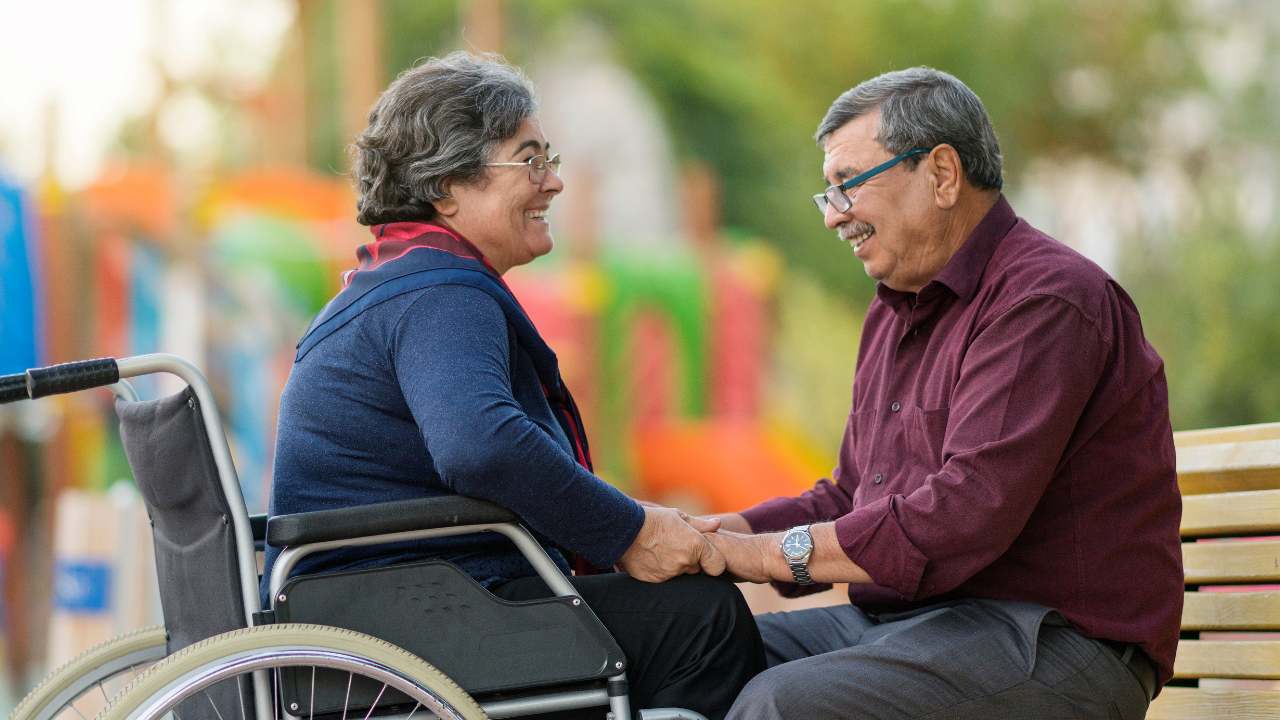Forget flipping the calendar page. July 1st means something way bigger for 7.4 million Americans: their Supplemental Security Income (SSI) payment lands. This isn’t just government assistance; it’s cash that keeps the lights on, food on the table, and a roof overhead for folks who really need it – seniors 65+, people living with serious disabilities, and kids battling severe health conditions.
The numbers tell part of the story: $967 for individuals, $1,450 for couples. But what does that actually buy? Think rent (often subsidized, thank goodness), groceries, maybe a co-pay at the pharmacy, and keeping the heat running. It’s bare-bones survival money, calculated using the Federal Benefit Rate (FBR) and tweaked yearly by the COLA (Cost-of-Living Adjustment) to try and keep pace with rising prices.
Who actually qualifies for the SSI benefits?
It’s tightly focused on three groups hitting tough economic walls:
-
Seniors (65+): Basically, if you’re older and have next to no savings or income.
-
Adults with Severe Disabilities: This includes blindness or conditions that flat-out prevent “substantial gainful activity” (SGA) – meaning a regular job just isn’t feasible.
-
Kids with Major Disabilities: We’re talking about children under 18 whose physical or mental conditions cause “marked and severe functional limitations.”
Getting approved it’s the hard part. The SSA doesn’t hand this out easily. For disability claims (adults or kids), you need rock-solid medical proof that your condition is severe, expected to last at least a year or be terminal, and actually stops you from working (for adults) or severely limits function (for kids). Seniors need to prove both age and near-poverty.
Then there’s the means test. It’s strict. You can’t have more than $2,000 to your name if single or $3,000 as a couple (your home and one car usually don’t count, thankfully). Every dollar you earn or get elsewhere (like a small pension) usually chips away at your SSI benefit dollar-for-dollar after tiny allowances ($20 unearned/$65 earned income). You also must be a U.S. citizen or fall under specific qualified immigrant categories, living stateside (or in the Northern Mariana Islands).
The SSA watches this closely. They’ll check in periodically – reviewing your health status and digging into your finances – to make sure folks still meet these tough criteria. The whole point? This is the last-resort safety net, meant strictly to keep the most vulnerable among us from absolute destitution.
If you also claim Social Security Disability Insurance (SSDI), along with SSI, your payment for this benefit will arrive according to your birthdate. those born on the 1st-10th get paid on Wednesday, July 9; those born on the 11th-20th receive benefits on Wednesday, July 16; and those born on the 21st-31st are paid on Wednesday, July 23.
A small group of SSDI recipients, who started claiming benefits before May 1997, your payment will arrive on July 3rd; actually, it will arrive every month in the third day, unless that day falls on a weekend. In such case, the deposit will be advanced to the previous business day.




